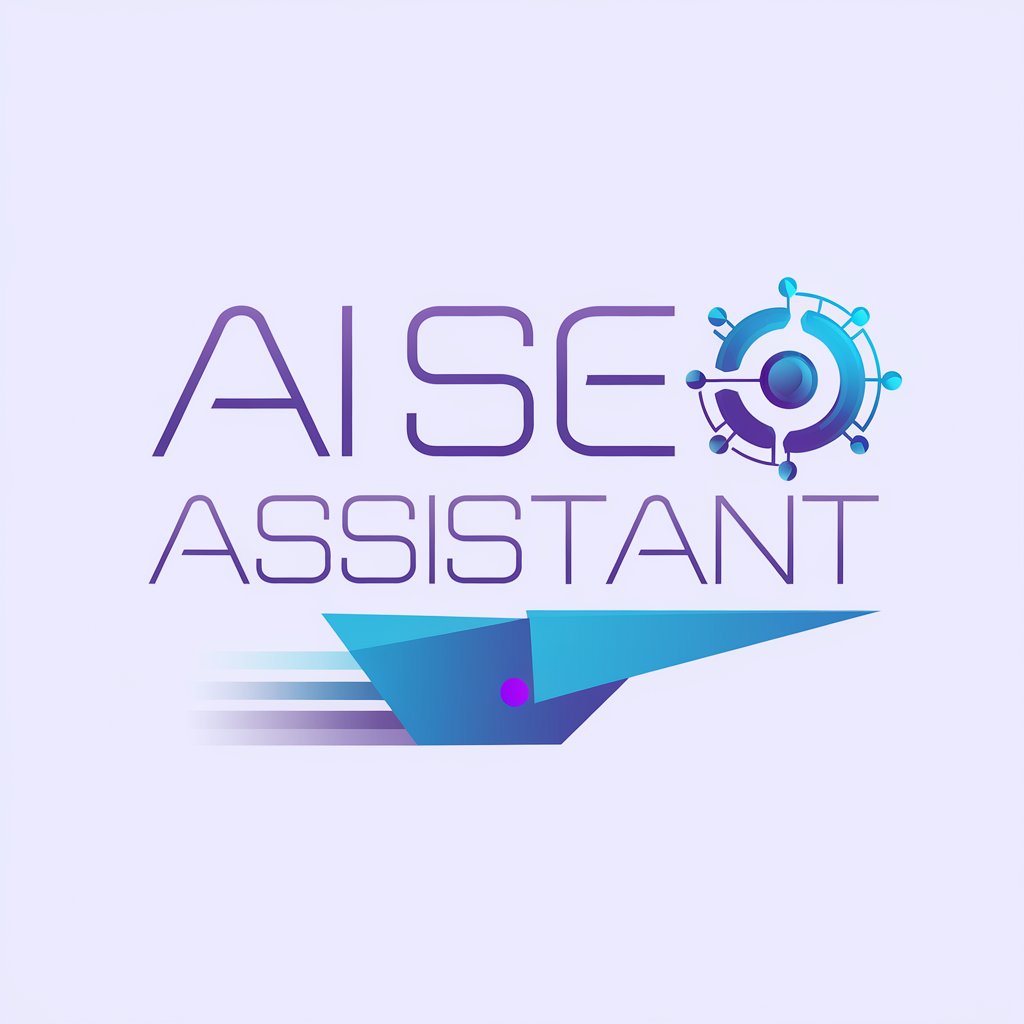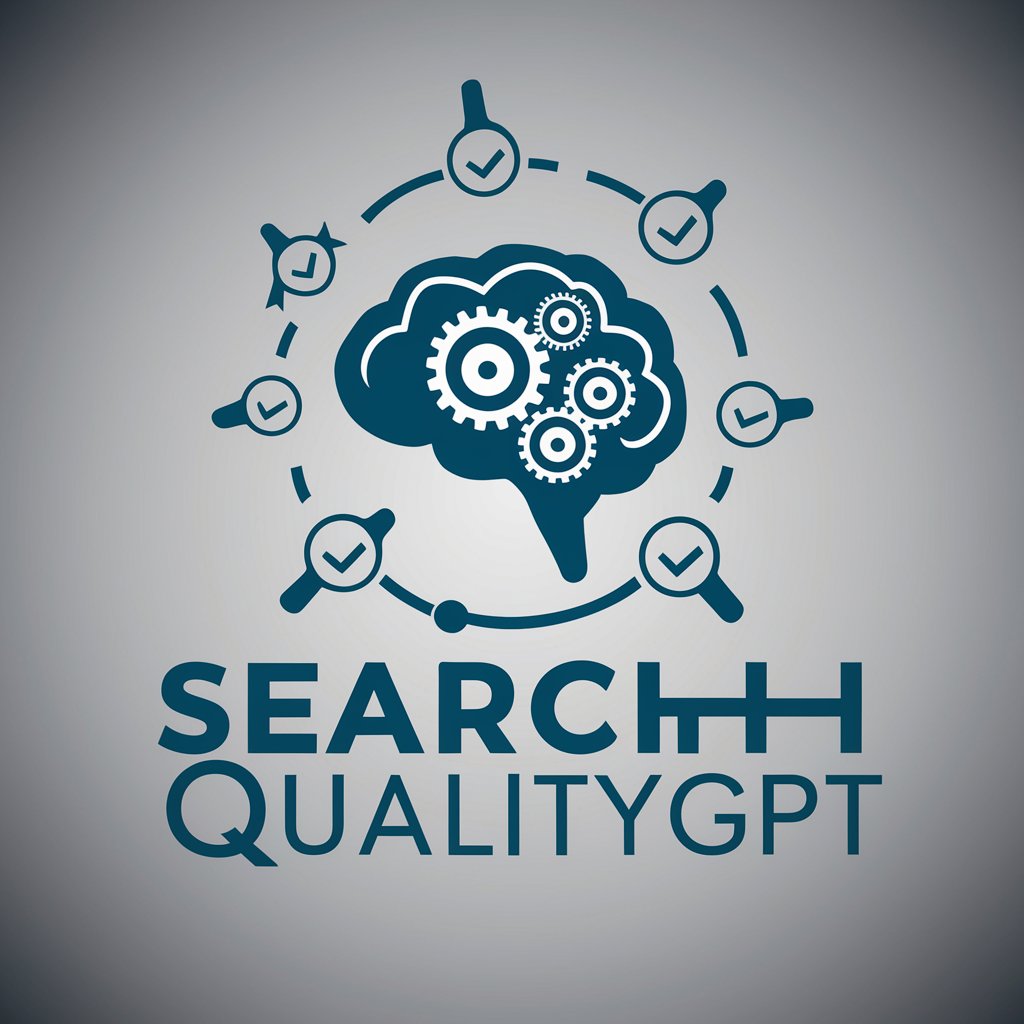
CS AI SEO Topic Map GPT-AI tool for SEO topic structuring.
AI-powered topic maps for SEO success.

Use this GPT to create a semantic topic map built on the principles of entity SEO. If you want a topic map that creates the full map with a click of a button while providing topic map visualizations, go to my tool --> https://contentsprout.ai
Begin
Get Embed Code
Introduction to CS AI SEO Topic Map GPT
CS AI SEO Topic MapJSON error correction GPT is a specialized AI tool designed to assistCS AI SEO Topic Map in the creation, optimization, and management of SEO-driven topic maps that enhance content discoverability and relevance. The tool integrates natural language processing (NLP) and machine learning (ML) algorithms to map out topics, keywords, and content relationships that are most likely to drive search engine traffic. It combines SEO best practices with AI's ability to understand complex content and search behaviors, ensuring that topics are structured in a way that aligns with both user intent and search engine algorithms. A core function of the CS AI SEO Topic Map GPT is to analyze vast datasets of user search queries, trending topics, and content to create comprehensive topic clusters, helping content creators and marketers target high-value keywords while avoiding keyword cannibalization. For example, if you're running an e-commerce site selling organic skincare products, CS AI SEO Topic Map GPT might identify related topics like 'natural skincare tips,' 'organic face masks,' or 'DIY skincare routines' that could help you build an optimized content strategy. The design purpose of CS AI SEO Topic Map GPT is to facilitate the development of content strategies based on an in-depth understanding of search engine behavior, relevance, and user intent. This allows businesses, marketers, and content creators to structure their content for maximum SEO performance.
MainJSON code correction Functions of CS AI SEO Topic Map GPT
Topic Mapping and Clustering
Example
CS AI SEO Topic Map GPT can identify primary topics and group related secondary topics into clusters, creating a roadmap for content creation. For example, a site focusing on digital marketing might have clusters like 'SEO Basics,' 'Content Marketing Strategies,' and 'PPC Advertising,' with specific long-tail keywords such as 'SEO keyword research tools' or 'PPC campaign strategies.'
Scenario
A content marketer aiming to rank for high-traffic terms can use the tool to generate a topic map that structures content around these clusters, making sure that their website addresses all related subtopics in a comprehensive manner.
Keyword and Intent Optimization
Example
CS AI SEO Topic Map GPT helps identify high-potential keywords and their associated user intent (informational, navigational, transactional, etc.). For example, it can distinguish between keywords like 'how to improve SEO ranking' (informational intent) and 'buy SEO tools' (transactional intent), ensuring the content aligns with the correct user intent.
Scenario
An e-commerce business might want to target transactional queries like 'buy smartwatches online' while an informational blog about tech might target 'best smartwatches for fitness.' By categorizing keywords and aligning them with user intent, the content can be optimized for conversion and ranking.
Content Gap Analysis and Competitive Benchmarking
Example
The tool can identify content gaps by analyzing competitors' topic maps and SEO strategies. For example, if your competitors are ranking well for 'SEO content writing tips' but you're not addressing that topic, CS AI SEO Topic Map GPT can recommend creating new content to fill this gap.
Scenario
A website focused on health and wellness might realize, through gap analysis, that they lack content around 'home workouts for seniors,' even though competitors are ranking well for that topic. By creating such content, they can gain traffic and fill the gap in their SEO strategy.
Ideal Users of CS AI SEO Topic Map GPT
Content Creators and Marketers
Content creators and digital marketers, especially those running blogs, websites, or e-commerce stores, benefit from CS AI SEO Topic Map GPT because it helps them optimize their content strategy for search engine ranking and user engagement. By leveraging the tool, they can uncover long-tail keywords, map topics, and create comprehensive content clusters, which is crucial for SEO success in competitive niches.
SEO Specialists and Agencies
SEO professionals and agencies can leverage CS AI SEO Topic Map GPT for a more efficient and data-driven approach to SEO strategy. The tool's ability to generate detailed topic maps, perform keyword research, and analyze competitors' content strategies helps SEO specialists make informed decisions for their clients, saving time and improving results.
Website Owners and E-commerce Businesses
Website owners and e-commerce businesses looking to improve their organic search visibility will find CS AI SEO Topic Map GPT especially beneficial. The tool assists in generating keyword strategies, identifying search intent, and optimizing their content for specific queries, which is critical for attracting relevant traffic and converting visitors into customers.
How to Use CS AI SEO TopicCS AI SEO Topic Map Map GPT
Visit aichatonline.org for a free trial without login, no need for ChatGPT Plus.
To begin using the CS AI SEO Topic Map GPT, navigate to aichatonline.org where you can access the free trial version without requiring any login or subscription to ChatGPT Plus. This makes it easy to explore the tool's capabilities without commitment.
Select your desired topic or niche.
Once on the platform, you will be prompted to choose a specific topic or niche you want to focus on for SEO. This could be anything from blogging, e-commerce, or academic research. The system works best when provided with a well-defined subject.
Generate your SEO topic map.
After selecting your topic, click on the ‘Generate’ button to create your SEO topic map. The tool uses AI to organize keywords, subtopics, and related content, producing a comprehensive SEO structure that improves topic targeting and searchability.
Refine the output using filters and settings.
You can adjust filters for keyword volume, competition level, and relevance,CS AI SEO Topic Map allowing you to fine-tune the results. Use this step to target high-ranking keywords or identify low-competition niches. You can also opt for advanced settings to customize the AI's suggestions.
Download and implement your SEO map.
After reviewing and refining your topic map, download the final version in a format suitable for your project (e.g., CSV, PDF). Use the map for content creation, SEO strategy, or further analysis to enhance your site's visibility on search engines.
Try other advanced and practical GPTs
审稿编辑
AI-Powered Editing for Better Writing

Solid Mechanics Tutor
AI-powered guidance for solid mechanics problems.

リアルな画像作成ツール
Create realistic images effortlessly with AI

TEXTO
AI-Powered Text Generation at Your Fingertips

Corretor de Texto Gmídia
AI-powered proofreading for flawless writing.

GoHighLevel Support GPT
AI-Powered Support for GoHighLevel Users.
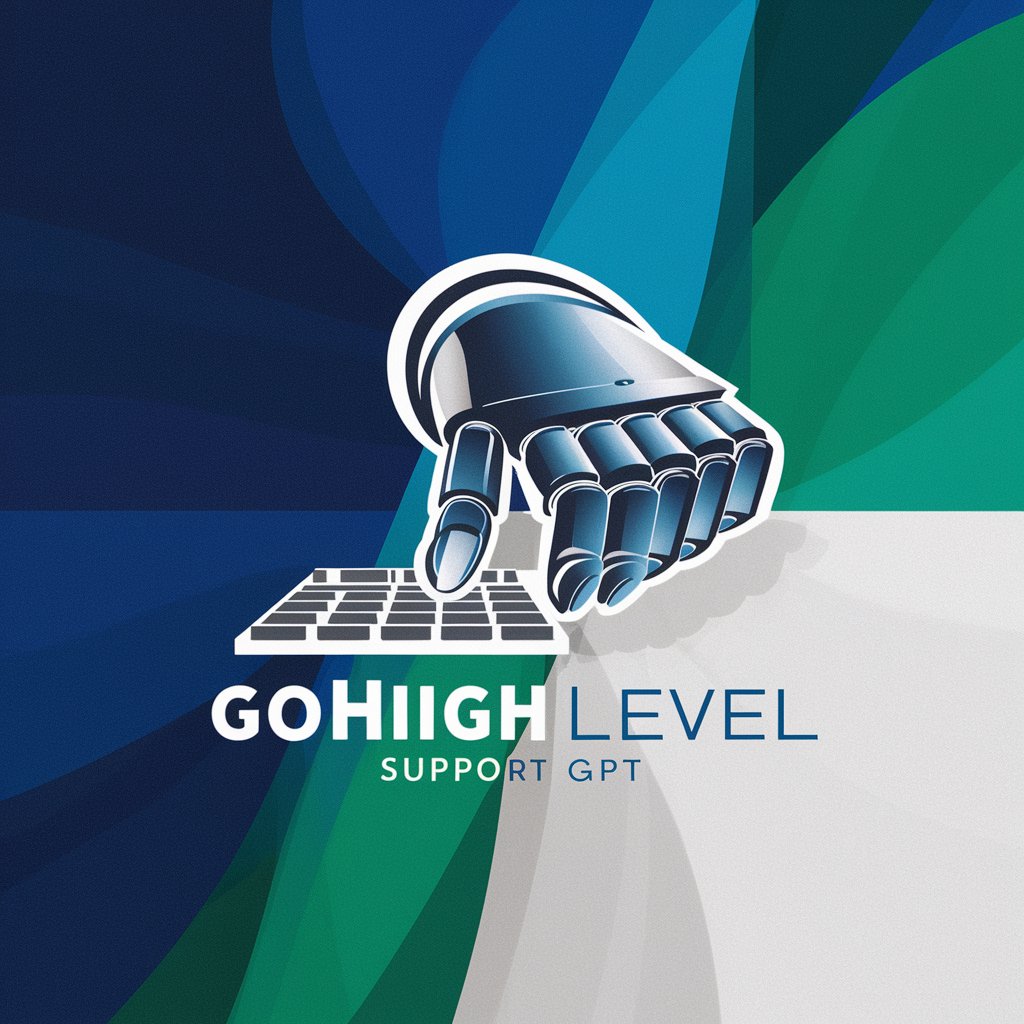
PHP
AI-powered PHP tool for efficient coding.
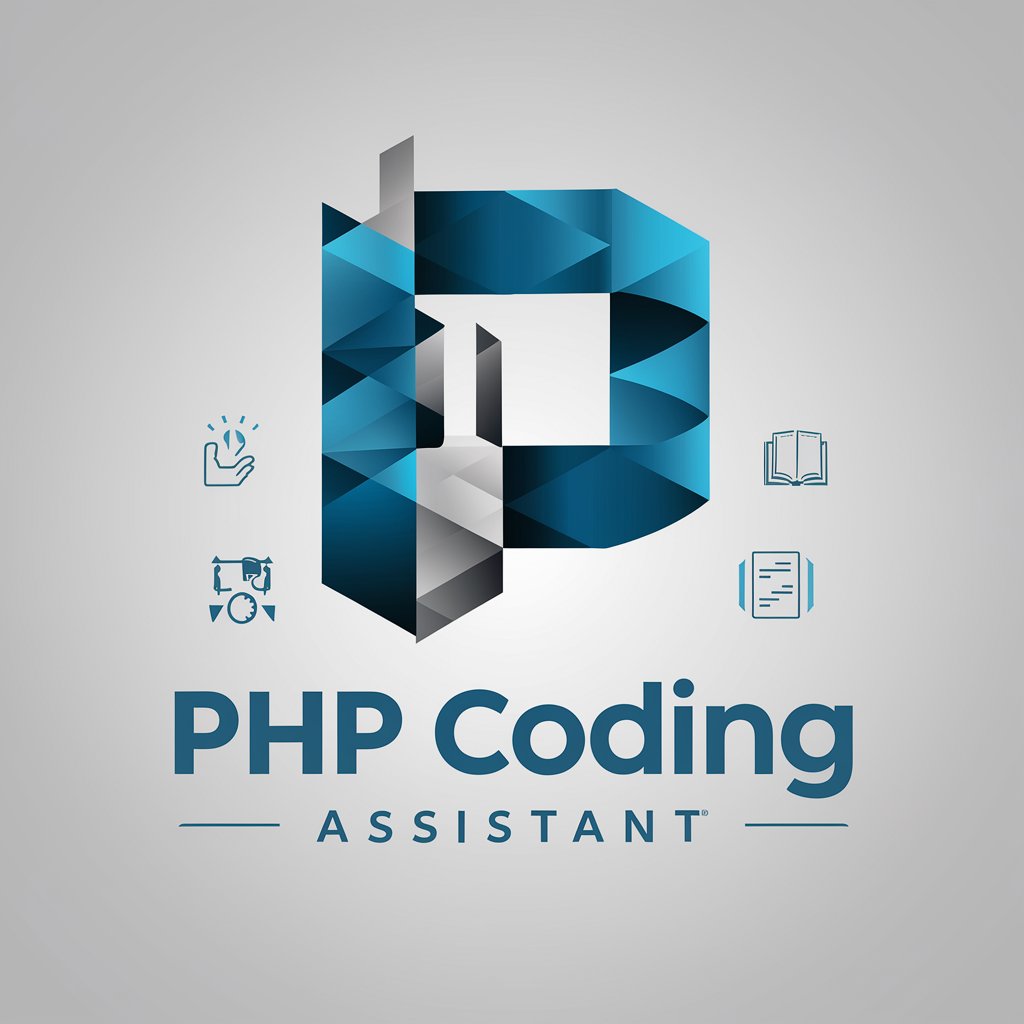
日本語ビジネスメール添削のプロ
AI-enhanced business email refinement for Japanese professionals.
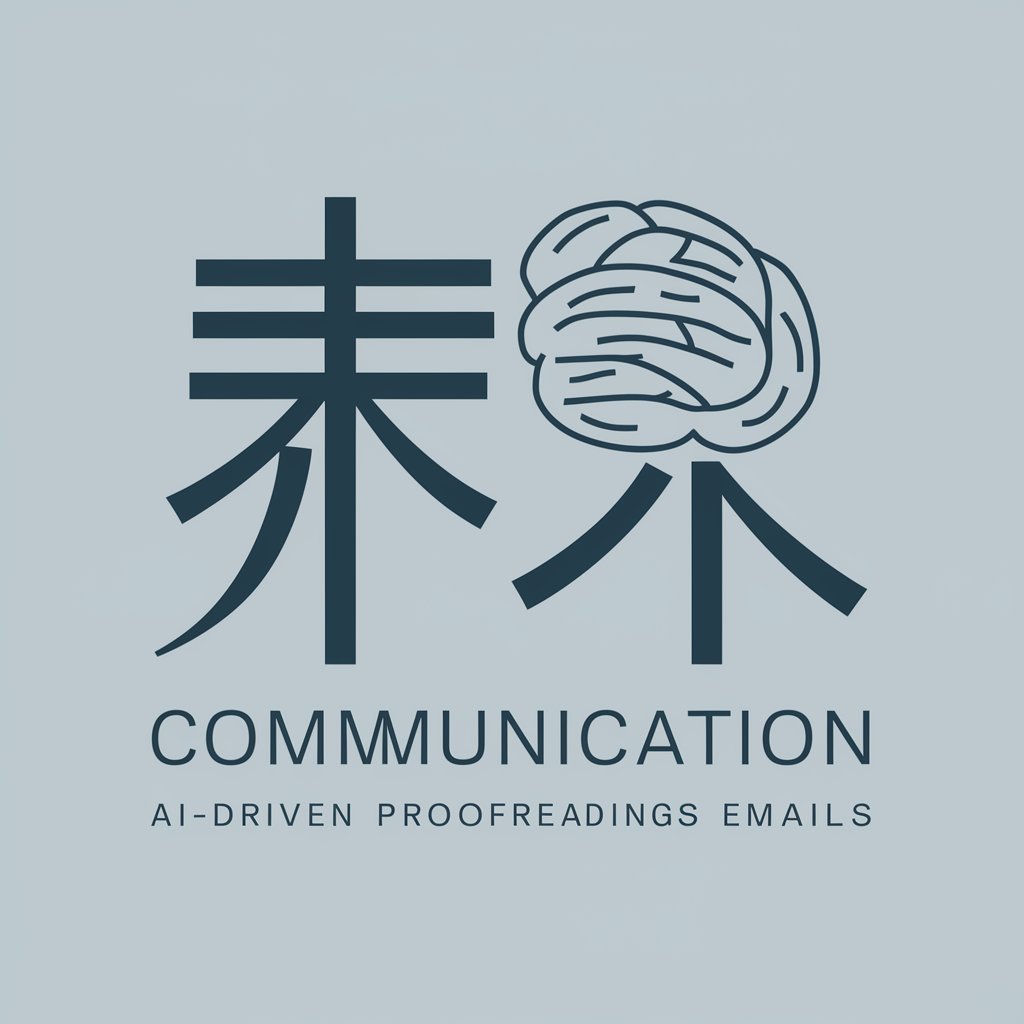
Avocat-Fiscaliste
AI-driven legal advice for tax and business

Post With Big Insights
AI-powered insights for smarter decisions.

Italian Teacher
AI-powered Italian lessons for all levels.

RHINO
AI-powered text generation made easy
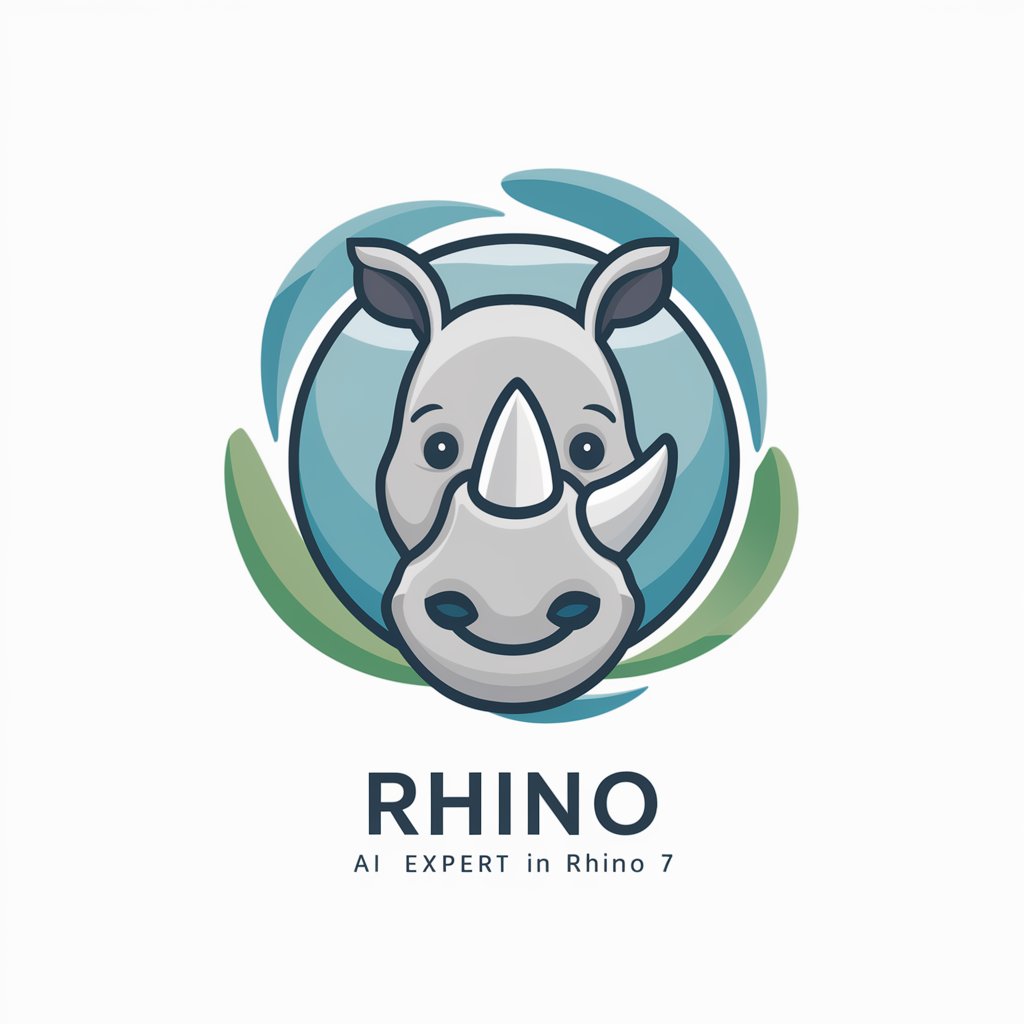
- Content Creation
- Market Research
- SEO Strategy
- Keyword Optimization
- Topic Structuring
Common Questions About CS AI SEO Topic Map GPT
What is the CS AI SEO Topic Map GPT?
CS AI SEO Topic Map GPT is an AI-powered tool designed to generate SEO-focused topic maps. It helps users organize and structure content around specific keywords and subtopics, making it easier to plan SEO strategies and improve website rankings.
Can I use CS AI SEO Topic Map GPT without an account?
Yes, you can use the tool for free through a trial on aichatonline.org without needing to sign up or log in. This feature allows you to explore the tool's potential before making any commitments.
How accurate are the SEO suggestions generated by the tool?
The accuracy of the suggestions depends on the topic and the filters you apply. The AI uses data from various sources to generate relevant keywords and subtopics, but it's always advisable to validate the results with your own SEO research.
Can I integrate this tool with my website or content management system?
Currently, CS AI SEO Topic Map GPT does not offer direct integration with external CMS or websites. However, the generated maps can be downloaded in formats like CSV or PDF and manually imported into your workflows.
Is this tool suitable for all types of content creators?
Yes, CS AI SEO Topic Map GPT is versatile and can be used by bloggers, marketers, academic writers, and businesses. It’s ideal for anyone who needs to organize and optimize content around specific SEO strategies.




